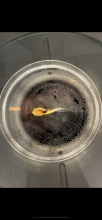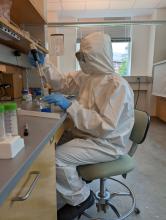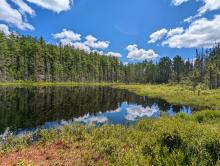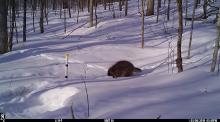Influences of Thyroid and Stress Hormones on Immune System Development During Metamorphosis of Tadpoles (Xenopus laevis)
My research this summer, which investigated the effects of thyroid hormone and stress hormone on the development of the thymus gland in Xenopus laevis tadpoles, provided me with an experience unlike any other.



